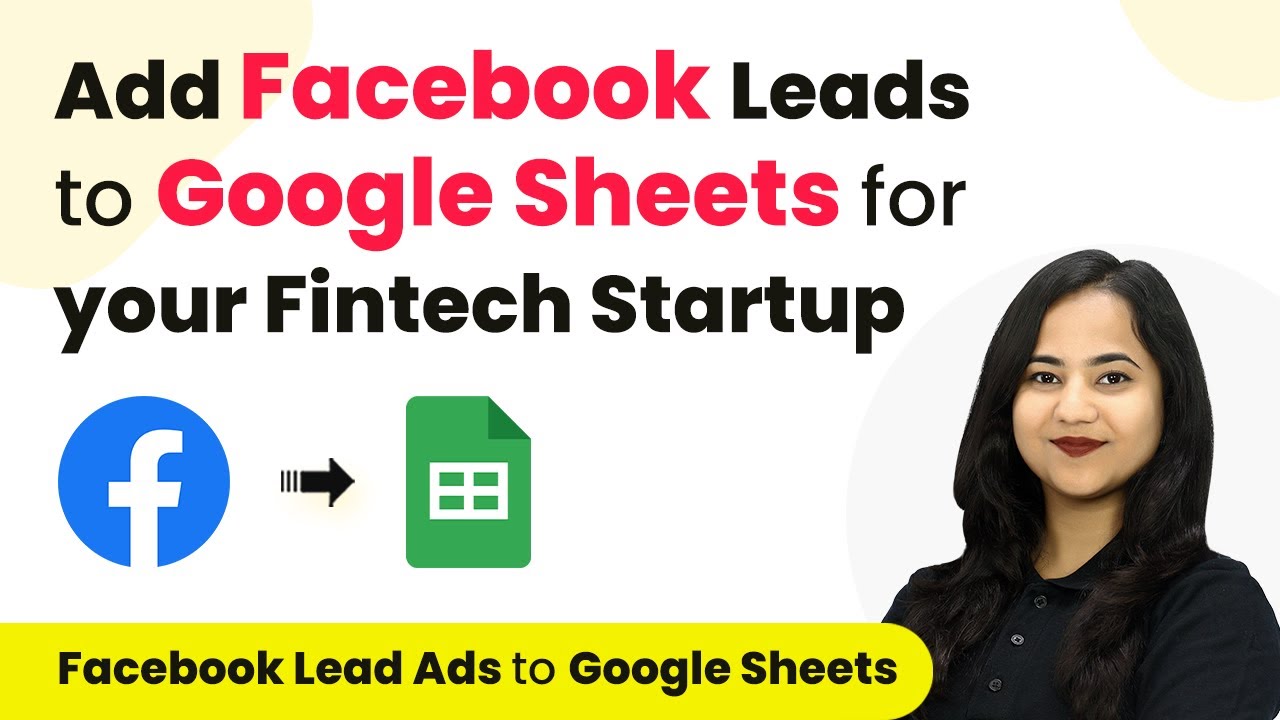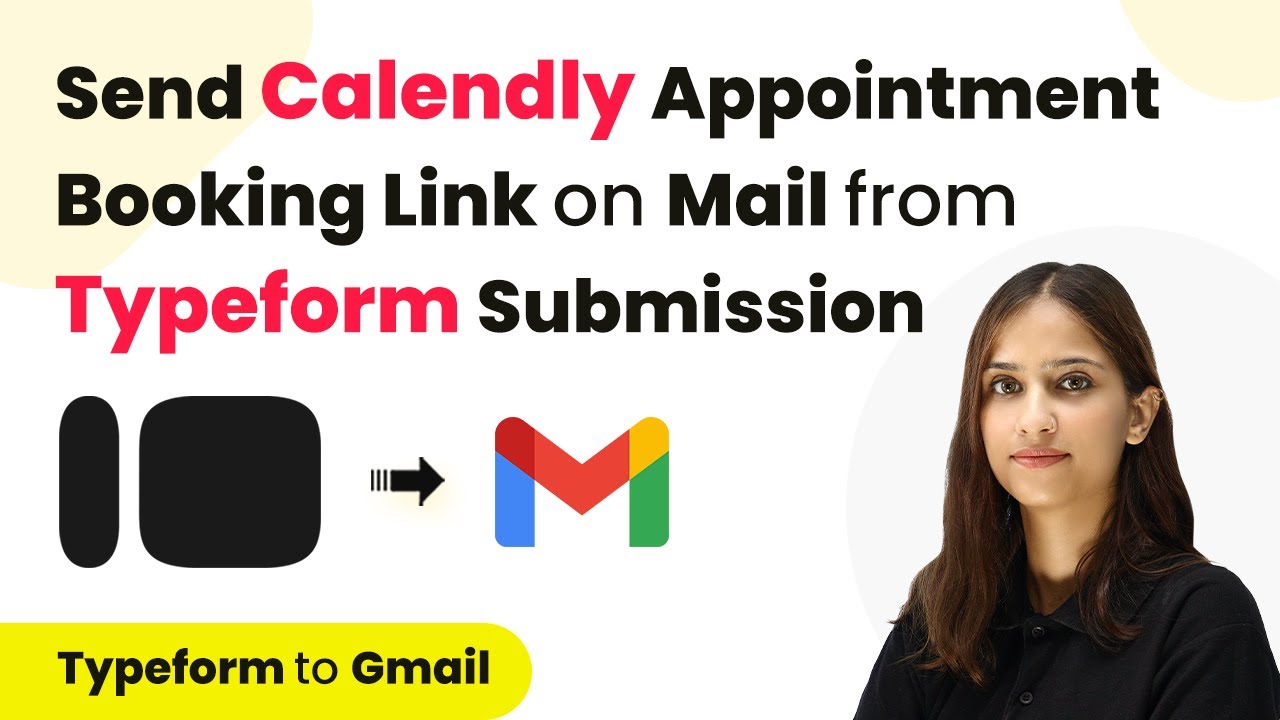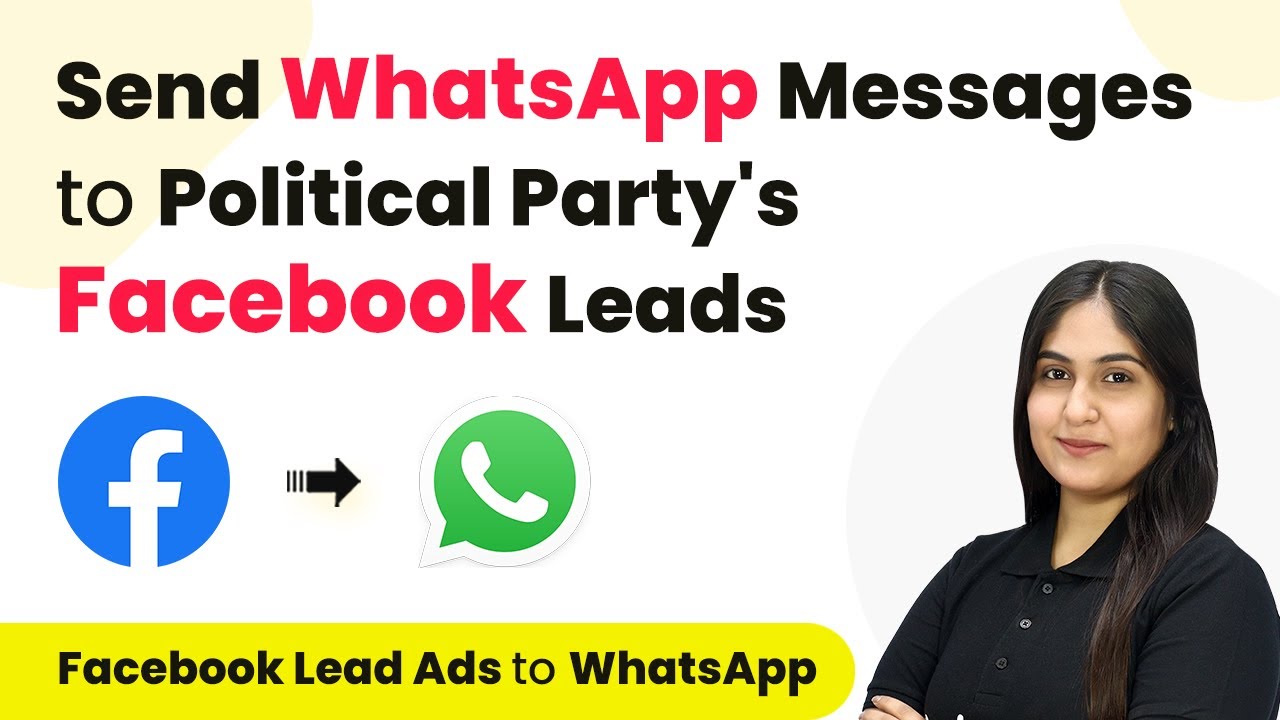Learn how to automate adding Facebook leads to Google Sheets for your political campaigns with Pabbly Connect. Step-by-step guide included! Navigate the automation landscape confidently with clear, structured guidance suitable for professionals regardless of prior technical experience.
Watch Step By Step Video Tutorial Below
1. Accessing Pabbly Connect for Facebook Leads Integration
To add Facebook leads to Google Sheets for your political campaigns, you need to access Pabbly Connect. Start by visiting the Pabbly website and sign in to your account. If you are a new user, you can sign up for free and get 100 tasks every month.
After logging in, navigate to the applications offered by Pabbly. Click on the Pabbly Connect option to begin the integration process. This platform allows you to connect various applications seamlessly, making it an ideal choice for automating your Facebook lead management.
2. Creating a New Workflow in Pabbly Connect
Once in Pabbly Connect, click on the button labeled ‘Create Workflow’. You will be prompted to name your workflow and select a folder for organization. Name your workflow as ‘Facebook Lead Ads to Google Sheets for Political Party’ and click on ‘Create’.
- Select the trigger application: Facebook Lead Ads.
- Choose the trigger event: New Lead Instant.
- Click on Connect to establish a connection.
After selecting New Lead Instant, you will need to connect your Facebook account to Pabbly Connect. Follow the prompts to add a new connection, select your account, and authorize the connection.
3. Setting Up Facebook Lead Ads in Pabbly Connect
After connecting your Facebook account, select the page associated with your political campaign. In this case, search for and select the page named ‘jjp’. Next, choose the lead generation form you want to integrate. Select the specific form you created for your campaign.
- Click on ‘Save and Send Test Request’ to test the connection.
- Pabbly Connect will wait for a webhook response.
- Generate a dummy lead using the Meta for Developers tool.
Once you submit the dummy lead, check Pabbly Connect to see if the lead details have been captured successfully. This confirms that the trigger step is working correctly.
4. Adding Leads to Google Sheets via Pabbly Connect
Now, it’s time to set up the action step. For this, select Google Sheets as the action application and choose the action event ‘Add a New Row’. Click on Connect and either select an existing connection or create a new one by signing in with your Google account.
Once connected, select the spreadsheet you want to use. In this case, select ‘Facebook Leads’ and the specific sheet named ‘Political Party’. You will then need to map the fields from the Facebook lead data to the Google Sheets fields.
Map the name, email, and phone number from the lead details. Click on ‘Save and Send Test Request’ to finalize the setup.
After testing, verify that the lead details have successfully been added to your Google Sheets. This confirms that the integration via Pabbly Connect is functioning as intended.
5. Testing and Verifying the Integration
To ensure everything works smoothly, it’s important to test the integration. Go back to the Meta for Developers tool and delete the previous lead. Refresh the page and create a new dummy lead using the same form. Submit the details to generate a new lead.
Check your Google Sheets to confirm that the new lead details have been added. If they appear correctly, your integration is successful. This process demonstrates how Pabbly Connect effectively connects Facebook Lead Ads with Google Sheets for your political campaigns.
Conclusion
In this tutorial, we explored how to use Pabbly Connect to automate the process of adding Facebook leads to Google Sheets for political campaigns. By following the steps outlined, you can streamline your lead management efficiently.
Ensure you check out Pabbly Connect to create business automation workflows and reduce manual tasks. Pabbly Connect currently offer integration with 2,000+ applications.
- Check out Pabbly Connect – Automate your business workflows effortlessly!
- Sign Up Free – Start your journey with ease!
- 10,000+ Video Tutorials – Learn step by step!
- Join Pabbly Facebook Group – Connect with 21,000+ like minded people!
















